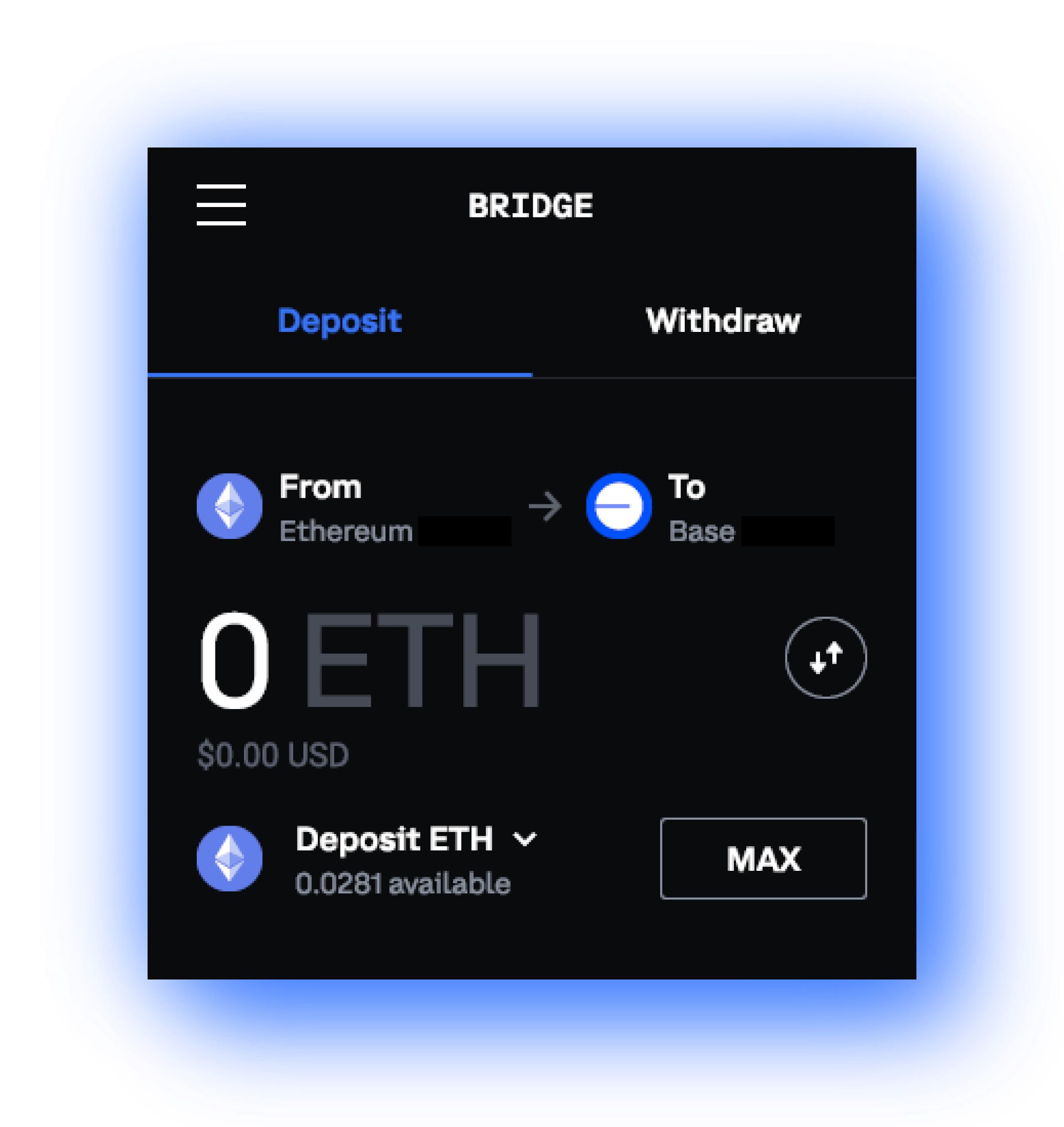For years, video games have been a popular form of entertainment, allowing players to explore virtual worlds, complete challenging quests and compete against other players. Yet, as the complexity of games increases, gamers often look for assistance in overcoming the challenges posed by these virtual environments. This is where game hacks come into play; alternative methods and techniques which can enhance the gaming experience and provide a competitive edge. However, it’s important to understand what game hacks really are, and the legality and ethical considerations of using them.
Game hacks, also known as cheats, are modifications made to a game that enable players to gain unfair advantages. This could range from generating in-game currency, unlocking all game levels, improving character abilities, or even making the player invincible. Hacks can either be built into the game by developers, or created by third-party programmers who exploit flaws in the game’s code. While they can make a game easier to play, they often detract from the skills and strategies required to truly excel in the game.
One key aspect to remember when considering game hacks is the legality and the potential consequences of using them. The use of game hacks can be considered illegal, especially when they infringe on the copyrights of the game developers. Additionally, they may violate the terms and conditions of the game, which can result in penalties such as the player being banned. Despite these risks, the allure of an easy win often persuades many gamers to use hacks.
On the ethical front, the use of game hacks is generally frowned upon. It gives the user an unfair advantage over other players who are playing the game as it was intended to be played. This skews the gaming community and creates inequality, leaving players without hacks at a significant disadvantage. Indeed, an essential part of the charm and the challenge of gaming lies in conquering tricky levels and triumphant victories garnered through honing one’s skills and strategies, which hacks circumvent.
However, not all game hacks are negative. Some hacks, particularly in single-player games, are designed to enhance the gaming experience rather than to gain an unfair advantage. For example, there are mods or patches created by fans that add new features, fix bugs, improve graphics, or expand the game’s content. Quite often, these modifications are acknowledged and even embraced by game developers, as they reflect the passionate engagement of the gaming community.
In conclusion, the world of game hacks is complex. While they can improve the gaming experience and add new dimensions to play, game hacks can also infringe on legal areas, violate community rules, and undermine the spirit of fair play. It is, therefore, imperative for gamers to understand the implications of using game hacks and to consider the overall impact these have on the gaming community.


